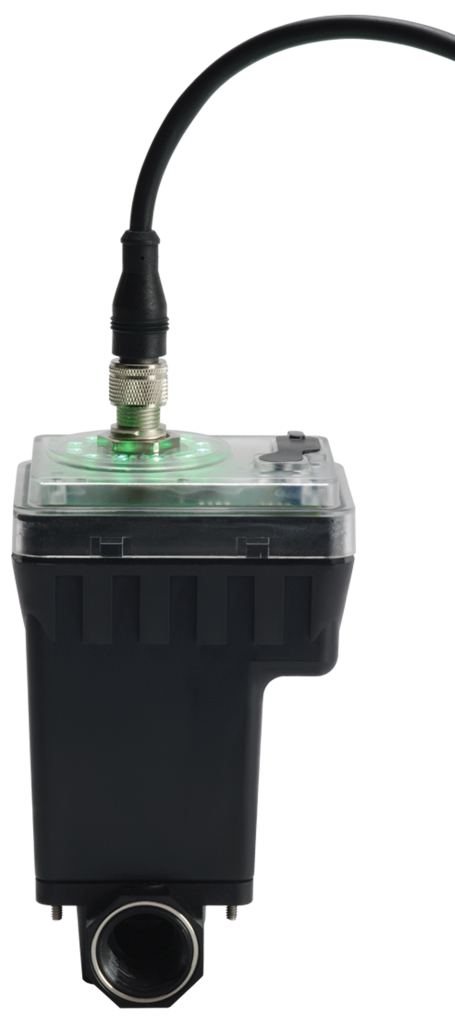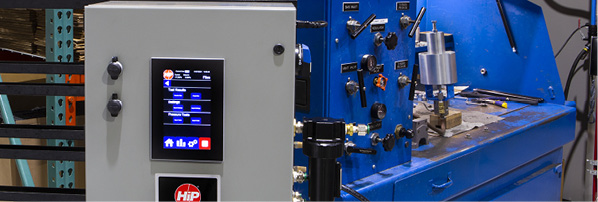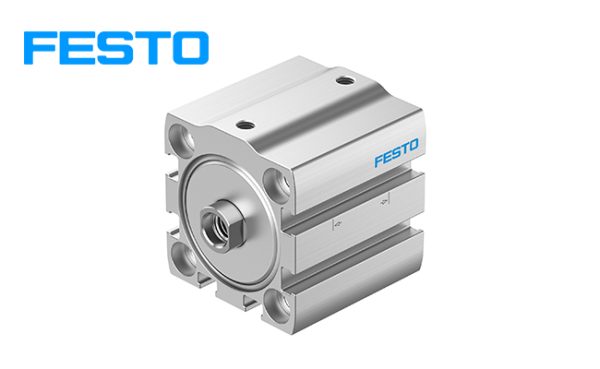The Stepper 12: A Game Changer in Proportional Flow Control
By Patrick Byce, Marketing Manager, Canfield Industries
As you drive along the highway, you glance down for a moment to adjust the heat and look up just in time. Seeing red lights, your foot instinctively jams down on the brake pedal.
The car comes to a screeching halt, leaving you with a spilled bottle of soda and a reminder of how necessary reliable systems are to your way of life.
Temperature control in buildings and vehicles requires varying flow rates for coolant, antifreeze, steam, and other media. Automobile brake systems rely on the right amount of fluid traveling from the master cylinder to the braking system to optimize balance between the front and rear brakes. Bottling systems require a constant flow of liquid regardless of the level of supply.
All of these systems require proportional flow control valves.
 Proportional flow control valves, which come in many sizes, shapes and designs, are designed to control the flow rate of a media via a restrictor. They take level, pressure, and temperature into account to adjust the flow rate and meet or maintain a required mix, blend, or recipe.
Proportional flow control valves, which come in many sizes, shapes and designs, are designed to control the flow rate of a media via a restrictor. They take level, pressure, and temperature into account to adjust the flow rate and meet or maintain a required mix, blend, or recipe.
By combining an electronic control, the solenoid on the valve receives a signal that causes the valve to either open or close in proportion to the signal it receives, rather than being fully open or closed. While proportional valves have been a mainstay in a variety of industries, they have their limitations.
To achieve accurate and reliable media control, proportional control valves have often required spending thousands of dollars on multiple parts from different suppliers. These “patched together” systems often result in mounting costs, compromised performance, and additional headache for the end user. Seeing the need for a comprehensive solution, Spartan Scientific, a division of Canfield Industries, developed a solution to solve many of the challenges associated with traditional proportional flow control valves.
Spartan Scientific’s Stepper 12 is a true breakthrough resulting from more than a decade of design, engineering, testing, and reiterating. Its name comes from the fact that Spartan incorporated a stepper motor into the composition of the valve. This allows the valve to have access to over 1,500 positions through its valve stroke, which can be dialed down to the step. This incredibly precise level of control is provided by Spartan’s innovative approach to electronic control.
The Stepper 12 is designed with the control circuitry built into the valve body. The valve houses built-in electronic control that accommodates either open or closed loop control by way of an electronic signal input of either 4 to 20 mA or 0 to 10-volt DC. And while most proportional valves require constant power to maintain their position, the Stepper 12 saves energy by maintaining its position with minimal power and needs only 60mA after/when position is found to maintain a steady state. This saves the end user money not only in installation but also in its use over the years to come.
Beyond the internal components, the aspect that catches the eye first is its use of an LED (RGB) ring on the top of the device. A ring of lights indicates the status of the valve through the use of six different colors moving in a clockwise or counterclockwise motion. These lights provide not only a shortcut to troubleshooting, but also a quick indication of the status in which the valve is presently operating.
Industries that may benefit from the Stepper 12 include food and drug, automobile, truck and bus, agriculture, and fluid temperature control. As a step forward for plug-n-play fluid power control, it could change the way we live and work.
So the next time you find yourself driving along the highway and adjusting the temperature in your vehicle, be sure to consider the reliable systems that help us step forward together.
 For more information, visit www.spartanscientific.com.
For more information, visit www.spartanscientific.com.







